Published Dec 22, 2022
Star Trek's Tapestry: A Q Carol
How a classic Christmas tale inspired one of Star Trek’s finest hours.
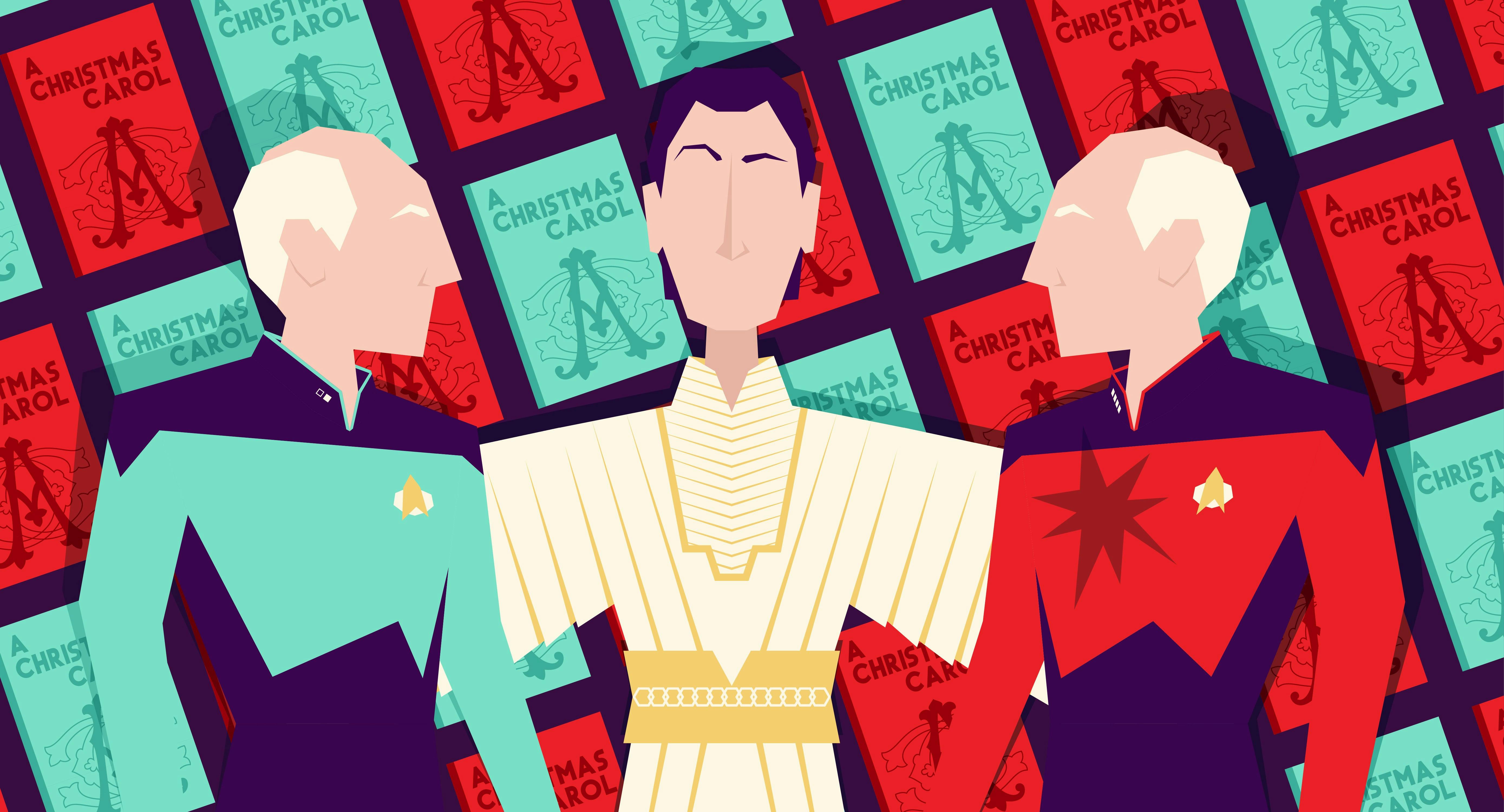
StarTrek.com / Rob DeHart
The Christmas episode has long been a staple of television, but Star Trek fans hoping to curl up with a festive installment this holiday season may find themselves wanting. With its humanist outlook, Star Trek has never produced a traditional Christmas episode. And it has only referenced the holiday a handful of times, fleetingly.
In "Dagger of the Mind," an episode of Star Trek: The Original Series, we hear briefly of a Christmas party. In the film Star Trek Generations, we get a glimpse of an imagined world where Captain Picard celebrates Christmas with his family. And, in the Star Trek: Voyager episode "Death Wish," Captain Janeway’s ship is momentarily transformed into a Christmas tree ornament by a member of the Q Continuum.
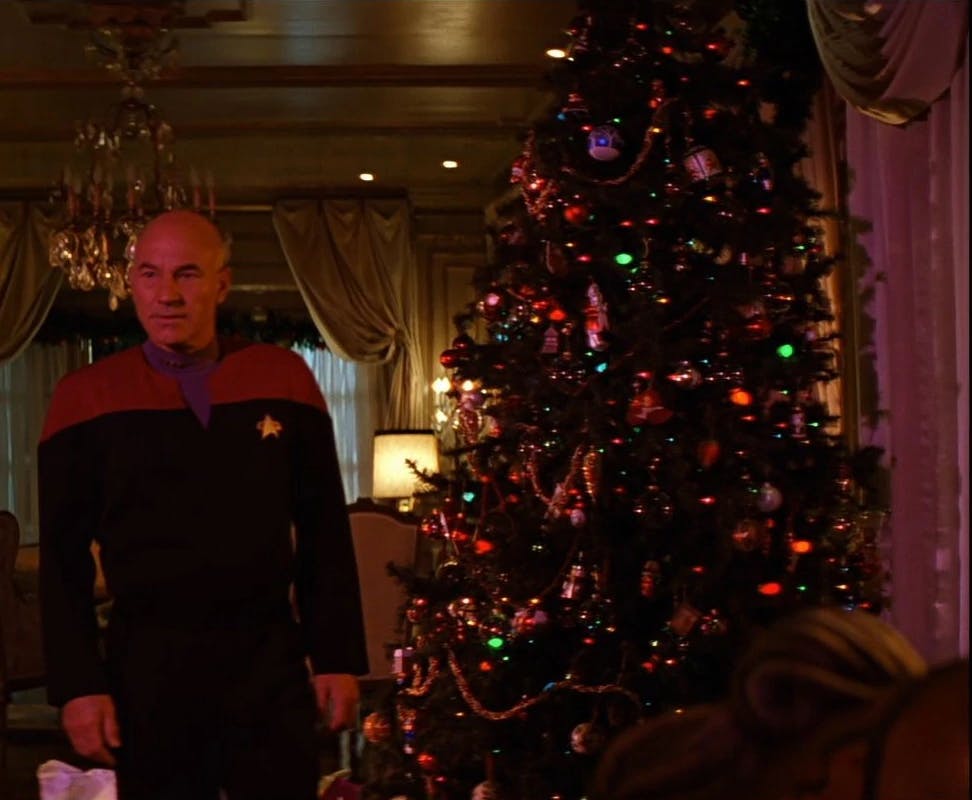
StarTrek.com
But, despite this meager offering of yuletide references, scattered across some 60 years of TV and film, the franchise does boast one installment that could be described as a kind of Christmas episode. It is based on one of the most famous Christmas stories ever written — Charles Dickens’ short novel, A Christmas Carol. And it is also one of the most popular episodes of the entire franchise — "Tapestry" from Star Trek: The Next Generation.
In Dickens’ original tale, the protagonist is Ebenezer Scrooge, a miserly and ill-tempered old man, who despises Christmas and rejects the spirit of generosity and thanksgiving associated with the season. But, when Scrooge is visited by a succession of ghosts on Christmas Eve, who show him visions of the past, present and future, he is persuaded to change his ways and become a kinder, gentler man.
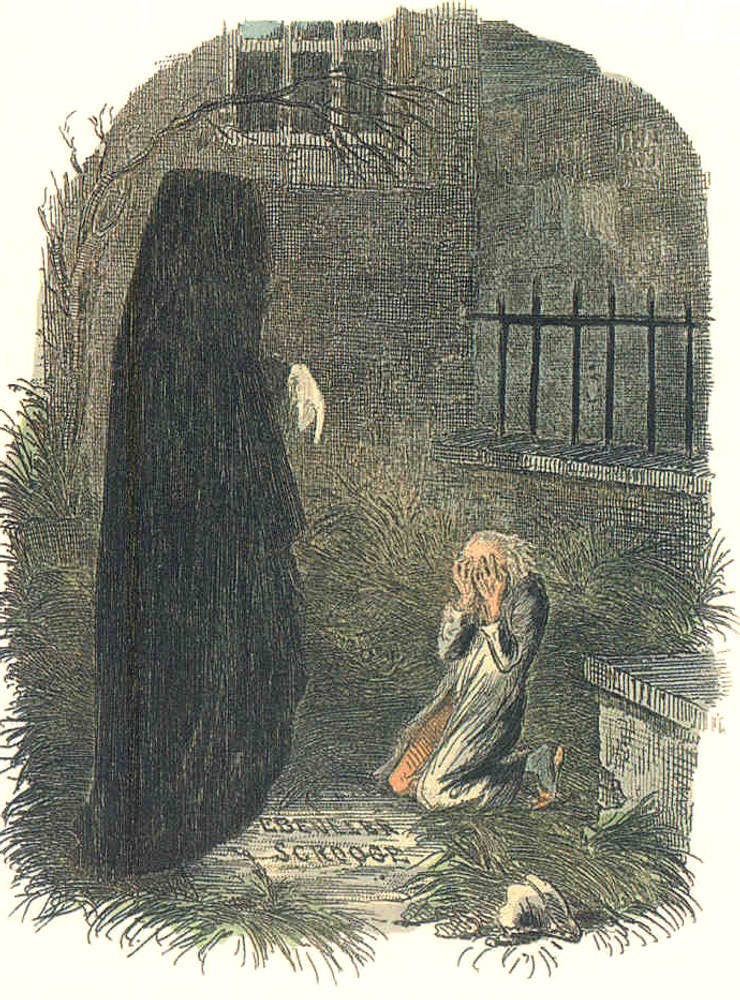
Image reproduced courtesy of Dickens collector and bibliophile Dan Calinescu, Toronto.
The plot of "Tapestry" diverges significantly from the original story. In the episode, the noble Captain Picard takes the place of the cantankerous Scrooge. Rather than three ghosts, he is guided by the omnipotent Q. And, instead of simply seeing visions, Picard is literally sent into the past and given the opportunity to change an event from his youth.
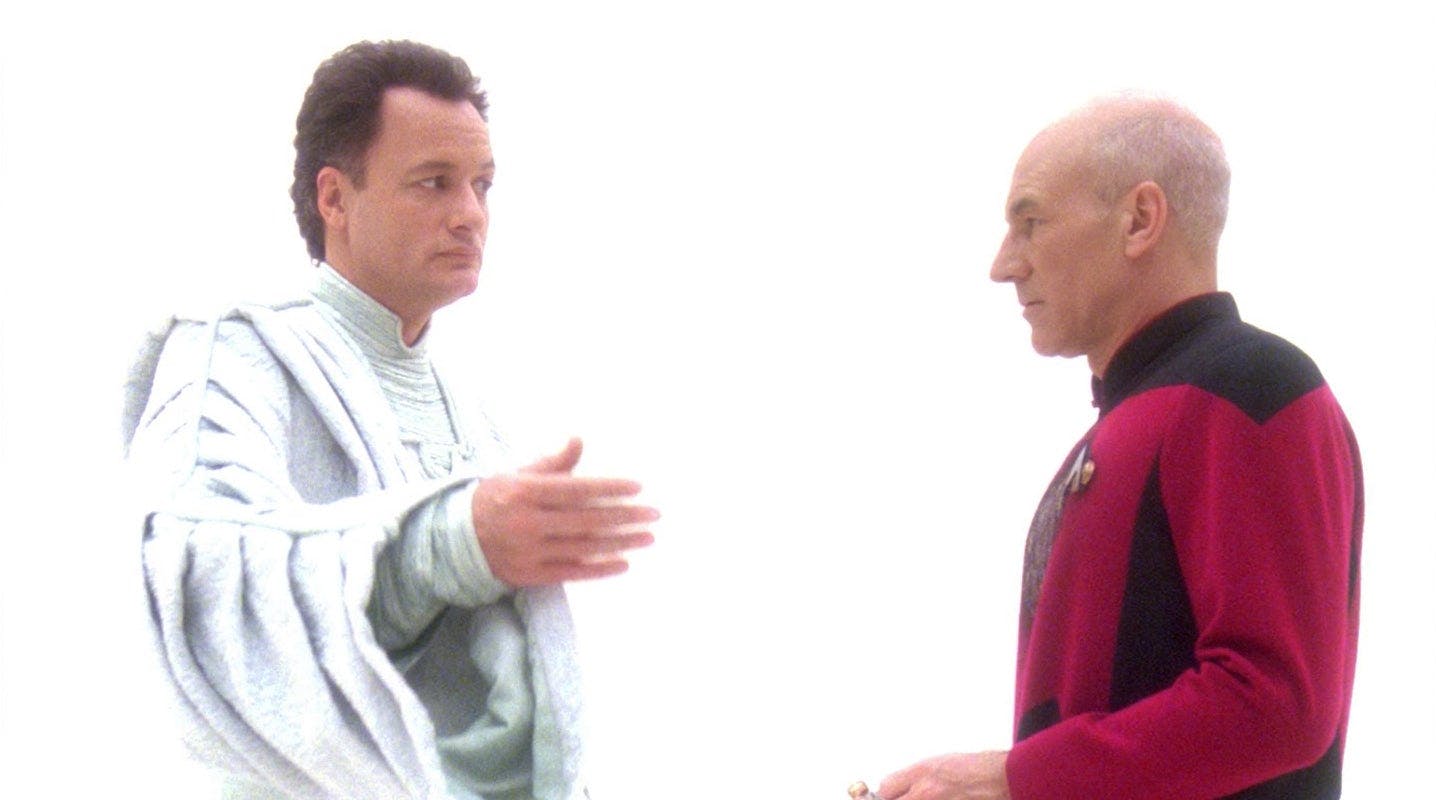
StarTrek.com
With such major differences from the plot of A Christmas Carol, fans could be forgiven for not realizing that "Tapestry" is based on the classic Dickens tale. But this inspiration is well documented. A 1993 article in Cinefantastique revealed that the episode’s original title was "A Q Carol." In the audio commentary for "Tapestry," available on the Blu-ray release of Season 6 of Star Trek: The Next Generation, episode writer Ronald D. Moore is even more direct about his inspiration. He reveals that his idea to base an episode on A Christmas Carol came from hearing about Patrick Stewart’s one-man theatrical adaptation of the story.
Stewart devised the play himself, and it made its stage debut during the early seasons of Star Trek: The Next Generation. He continued to perform it throughout his time on the series, taking the show to Broadway, London, and many other locations during breaks between filming. It was a major success, drawing attention for Stewart’s depiction of over 30 characters during each performance, without props or costume changes.
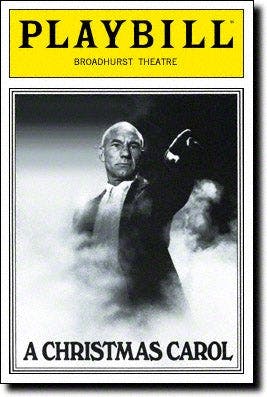
Playbill
According to Moore, Stewart’s adaptation of A Christmas Carol was much discussed in the production offices for Star Trek: The Next Generation. And it seems to have received a knowing reference in the Season 4 episode "Devil’s Due," which includes a scene of Data performing as Ebenezer Scrooge on the Holodeck, while Captain Picard (played by Patrick Stewart) offers advice on his performance.
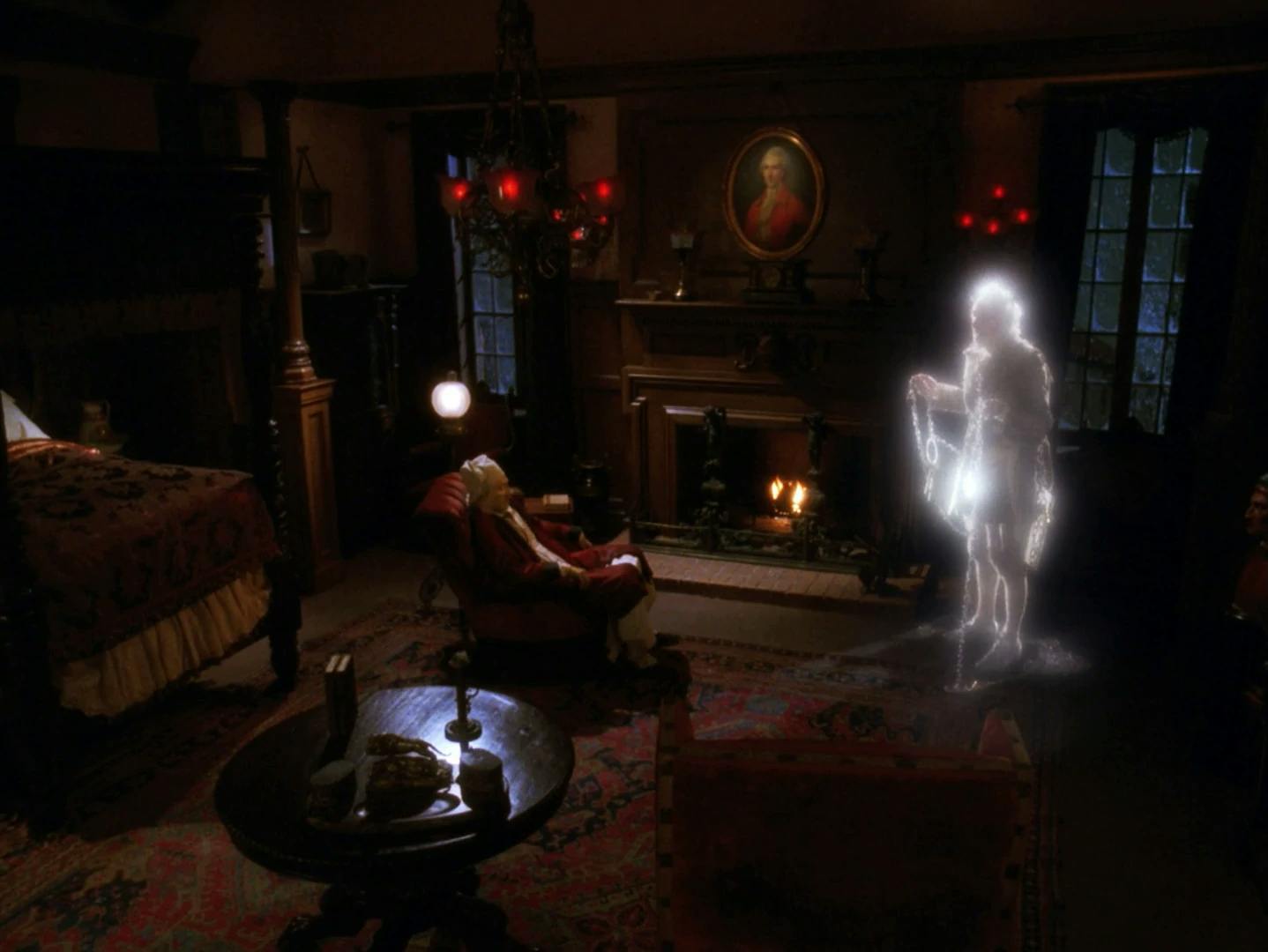
StarTrek.com
However, when the time came for Moore to attempt his own adaptation of Dickens’ tale, several challenges came up. Moore’s original conception of the episode saw Q taking Picard back to several points in his life, much as the Ghost of Christmas Past does to Scrooge in A Christmas Carol. This included returns to Picard’s family home in France, as well as scenes aboard the Stargazer, where Picard had his first command. But these frequent changes of location and the abundance of guest actors required, would have made this a particularly expensive episode to produce. And it might have proved difficult to do all of this material justice within the confines of a 45-minute episode.
Furthermore, series executive producer Michael Piller was unsure about the idea. According to Moore, he “thought it was pointless.” But Moore was also having uncertainties himself, admitting that it “didn’t have the right resonance.”
As he developed the episode’s story further, Moore decided to focus on a single event from Picard’s past – a bar fight he had started in his more rambunctious youth, which was previously referenced in the Season 2 episode "Samaritan Snare." That episode told us that the fight had ended with Picard being stabbed through the heart, and his life was only saved thanks to the transplant of an artificial organ. Moore picked up this thread in his final script for "Tapestry," where we learn that the artificial heart has failed, and Picard is given a chance to return to the past and prevent the bar fight, enabling him to survive in the present.
Even as this new version of the story drifted from Moore’s original conception, some elements from A Christmas Carol were retained. For instance, in one of the early scenes, Q summons the voices of all the people that have died because of Picard’s actions or inactions as a starship captain. The scene is remarkably similar to one from the first chapter of Dickens’ book, in which Scrooge is confronted by the “wailings” of ghosts.
Likewise, the end of the episode seems to mirror Dickens’ story. In the final scene of "Tapestry," Picard speculates on whether his time travel with Q was real, or just a dream. While, in A Christmas Carol, Scrooge awakes on Christmas morning, as if all his experiences with the ghosts occurred in his mind while asleep.
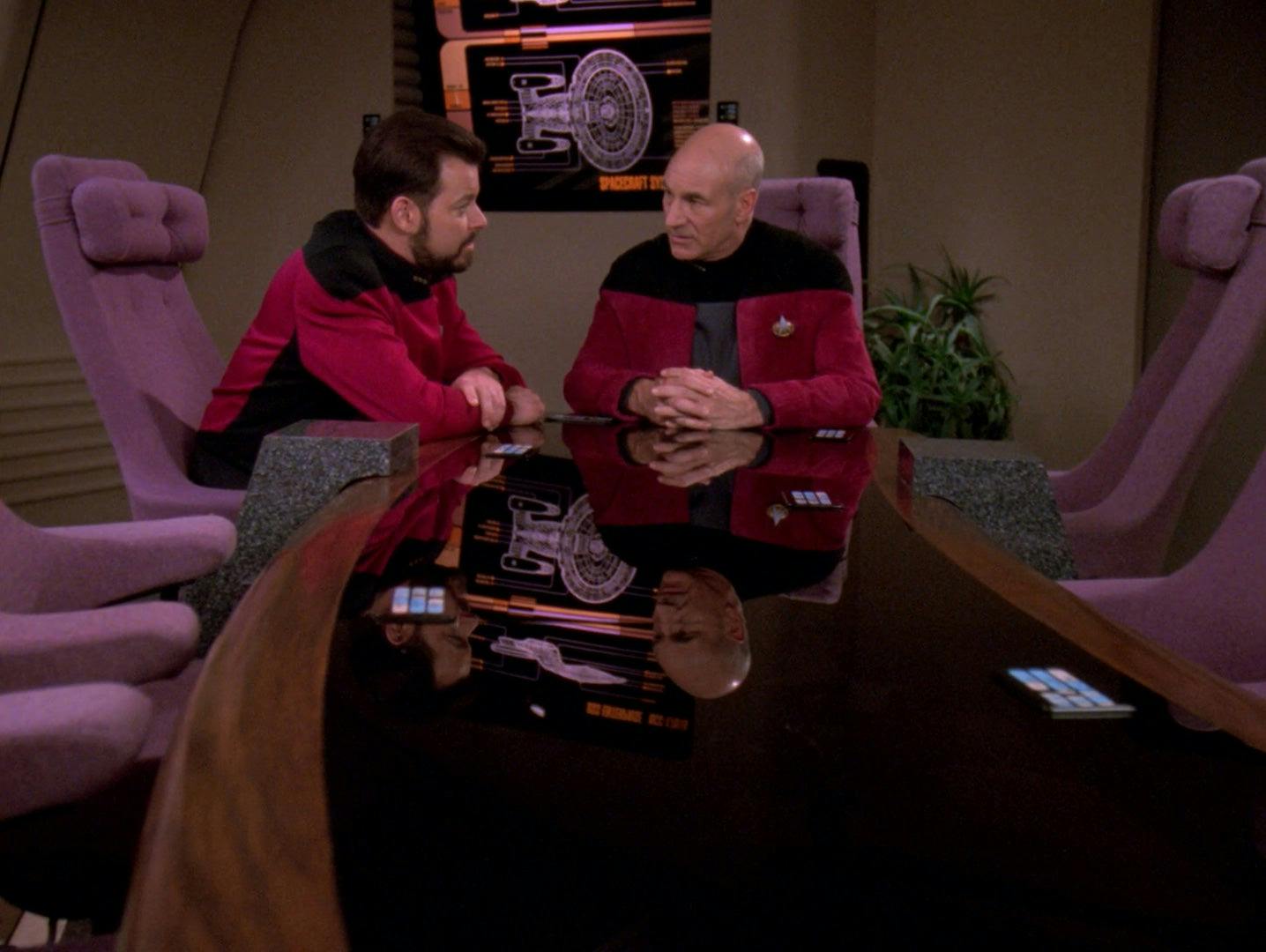
StarTrek.com
Picard’s final speech also seems to draw on similar imagery to A Christmas Carol. In the speech, Picard envisions his life as a tapestry, stating that though there may be threads from the past which he regrets, if he were to remove them, the entire tapestry would be unraveled. Similarly, in A Christmas Carol, the ghost of Scrooge’s old business partner Jacob Marley depicts his life as a chain, “I wear the chain I forged in life […] I made it link by link, and yard by yard; I girded it on of my own free will, and of my own free will I wore it.”
Even where "Tapestry" and A Christmas Carol diverge in story and imagery, they retain a thematic similarity. For example, while Picard is given the chance to change his past (unlike Scrooge, who is merely allowed to see it), this opportunity is ultimately revealed to be illusory. It is part of Q’s game, used to teach Picard the lesson that his past regrets were essential to making him the man he would become.

StarTrek.com
Thus, Q plays the same role as the ghosts in A Christmas Carol, acting as a kind of guardian angel to Picard, and even sparing his life at the end of the episode. And the result is similar – both Picard and Scrooge see their lives from a different angle and gain a new insight into themselves. Both experience a kind of revelation, and emerge as happier men, more content in themselves, and more understanding of others.
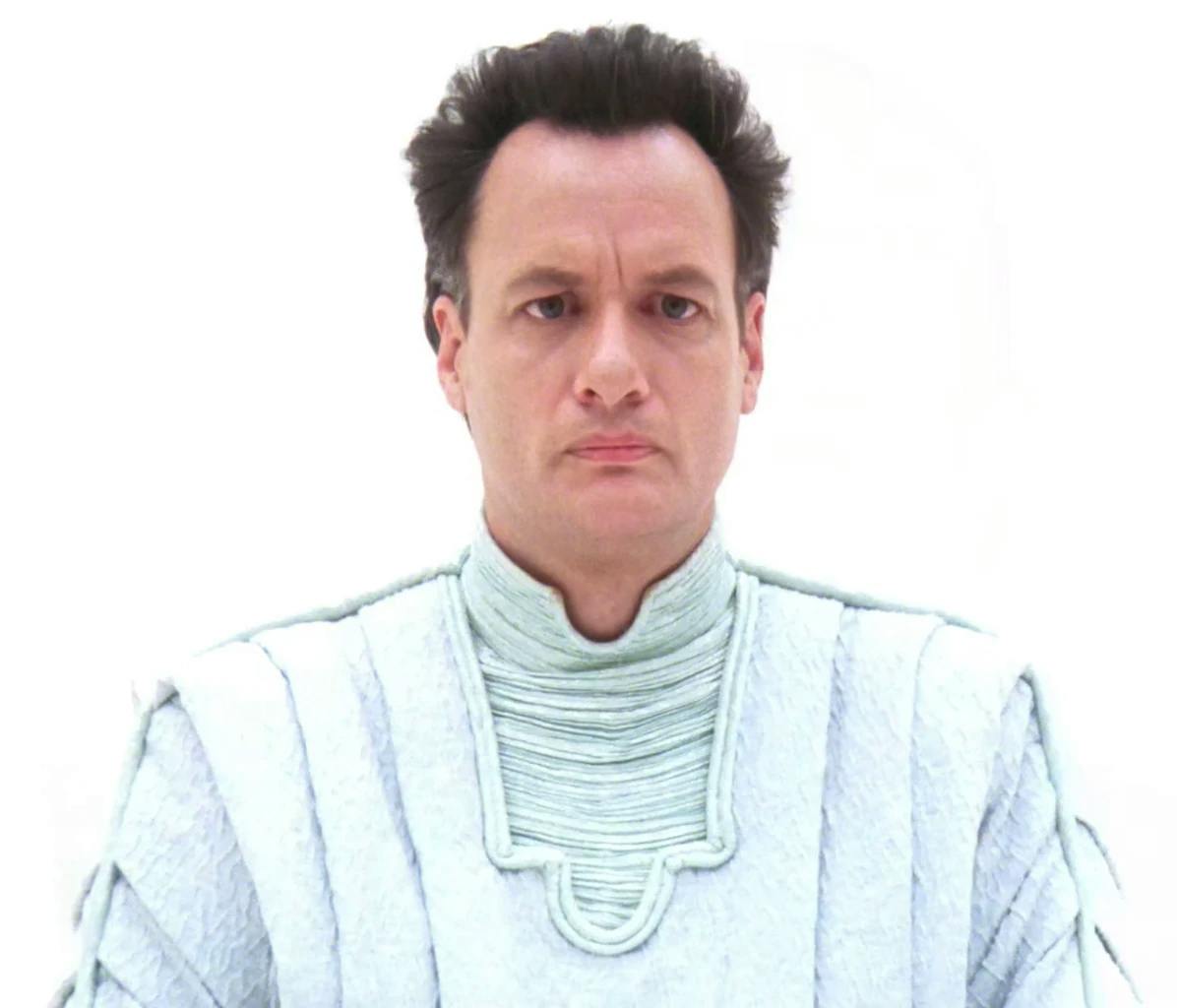
StarTrek.com
So, though Star Trek fans may never get a true Christmas episode in the traditional sense, "Tapestry" represents a worthy substitute. It encompasses many of the themes and sentiments common to the season, inviting us to reflect on our lives with gratitude, in spite of our regrets, and reconceptualize our futures as the new year begins.
Whether one celebrates Christmas or not, we can all take a lesson from Scrooge to “live in the Past, the Present, and the Future”. In this way, we can maintain a fuller perspective on the tapestry of our lives, with an acceptance of what has been woven, and a determination to thread new patterns as we go forward, for the betterment of ourselves and for others.
Christian Kriticos (he/him) is a freelance writer based in London, England. You can find more of his work at www.christiankriticos.com.
Stay tuned to StarTrek.com for more details! And be sure to follow @StarTrek on Facebook, Twitter, and Instagram.

